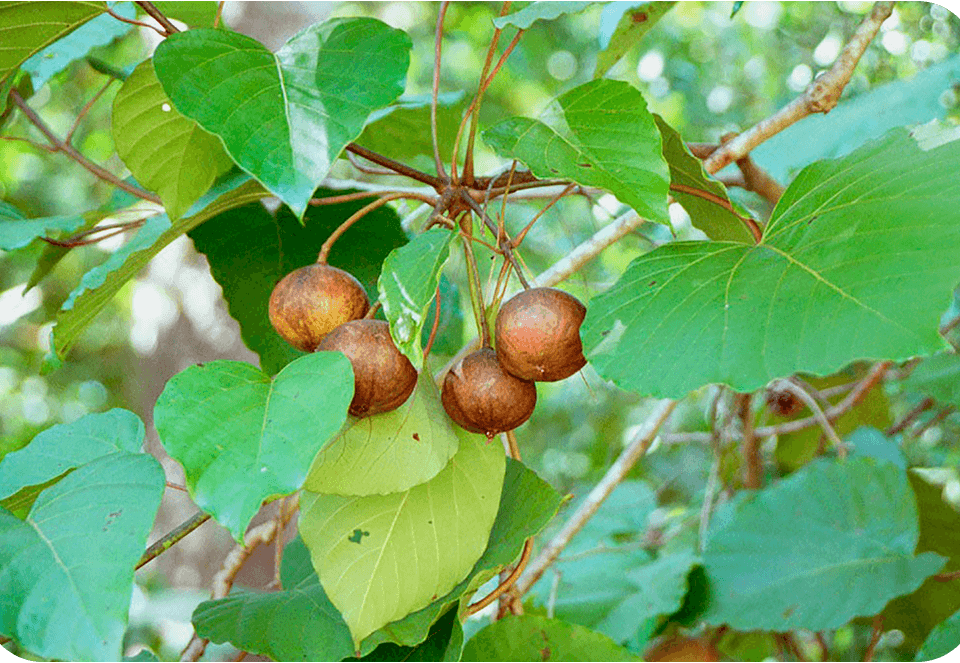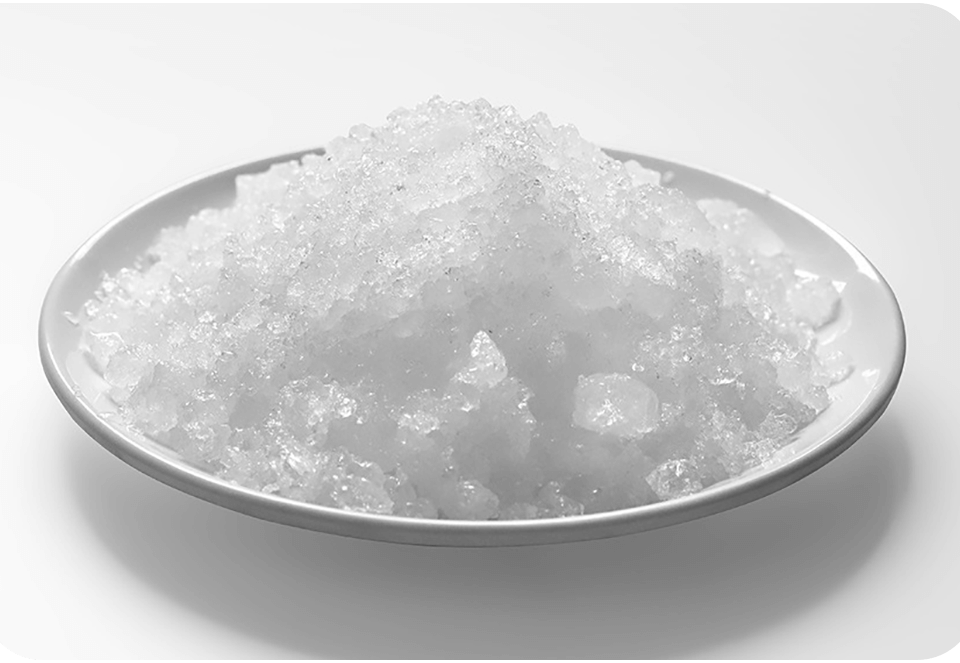Carnauba palm
MELTING POINT
82-86 С
DENSITY
0,97 g/ccm
SHORE D
82
COLOR
transparent
The Georgian origin of carnauba wax is Brazil. It is here that Copernicia cerifera or Carnauba palm grows, on the leaves of which a thick layer of wax is formed, called "carnauba".
The purpose of the wax is to protect palm leaves from the scorching sun, tropical showers and insect pests. That is why carnauba wax is so hard, heat-resistant, shiny and resistant to external influences. The wax is mechanically removed from the palm leaves, melted and refined. The marketable form of carnauba wax is small flakes or granules of white or straw color.
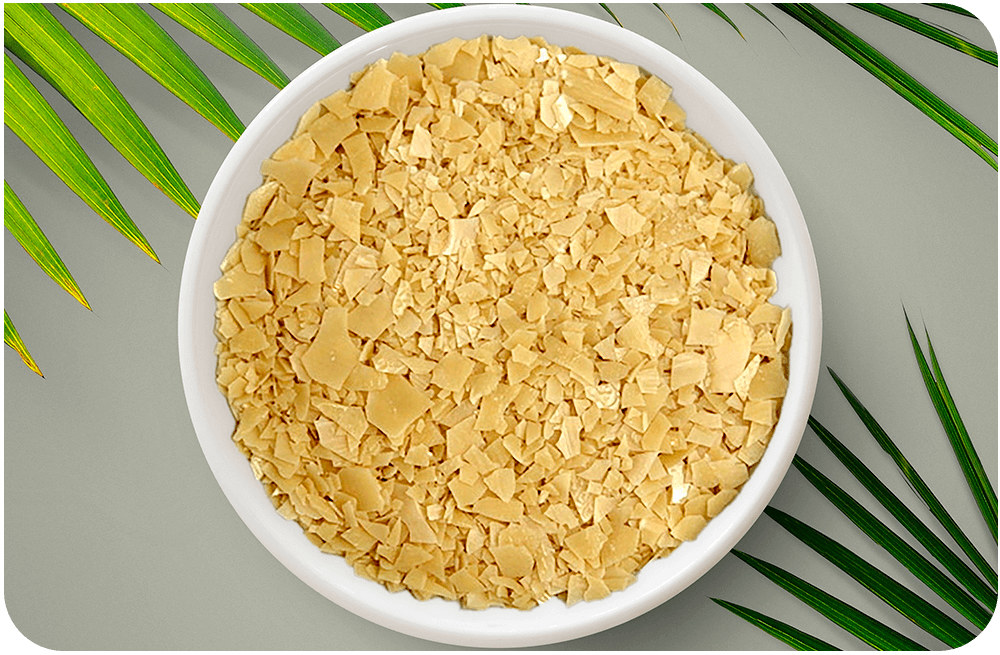
Carnauba wax is the hardest, most heat-resistant and glossy of all natural waxes. He is called the "king of waxes". It consists of esters of fatty acids and alcohols, free fatty alcohols, carbohydrates, etc. It contains up to 10% cinnamic acid, which is a powerful antioxidant, has pronounced antimicrobial properties, lowers blood sugar and cholesterol:
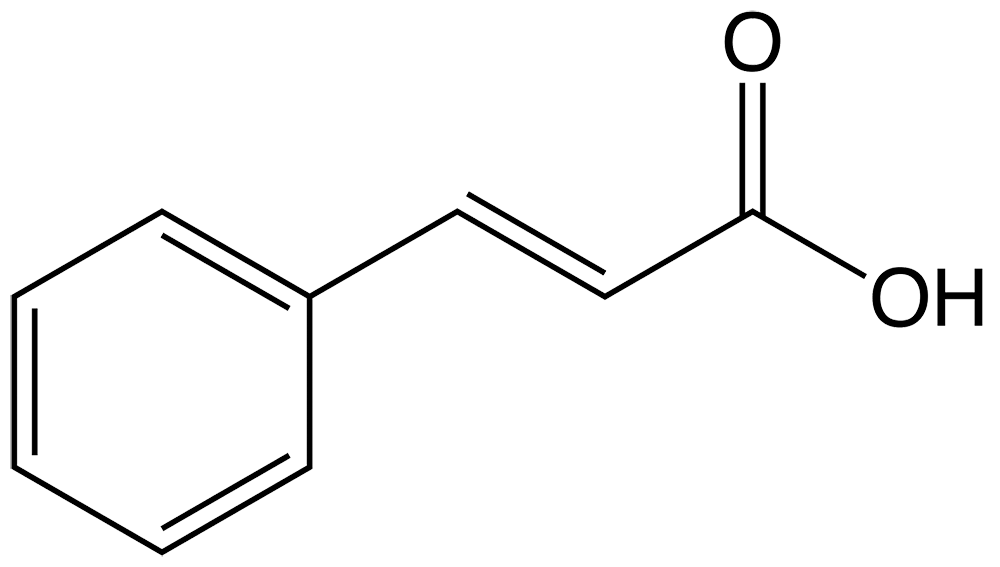
Cinnamic acid
Carnauba wax application
Carnauba wax is a food additive and has the designation E903. It is used as a glazing agent in the production of sweets, marmalade and chewing gum pads.
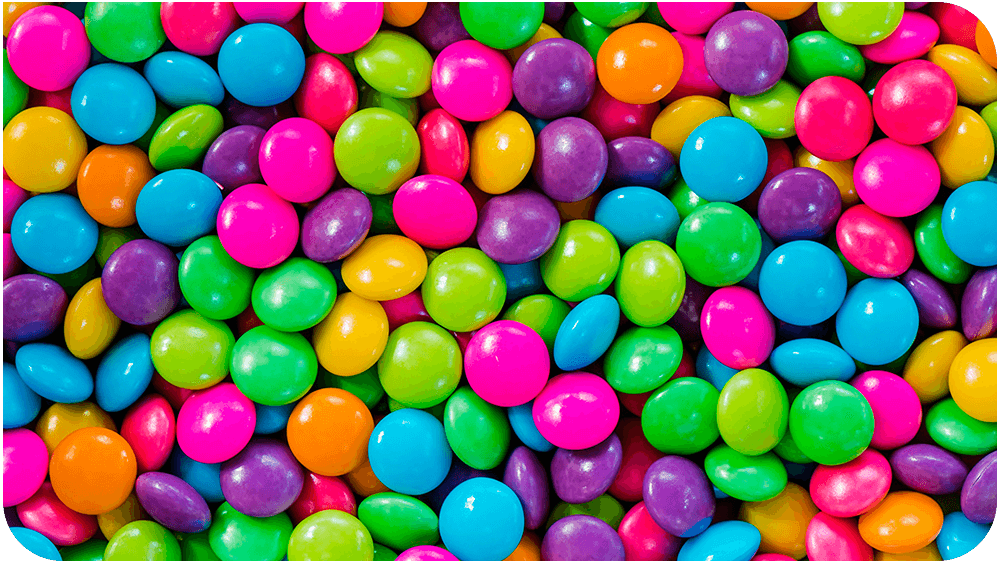
It is also applied in a thin layer to fresh fruits to protect them and maintain their presentation during storage and transportation.
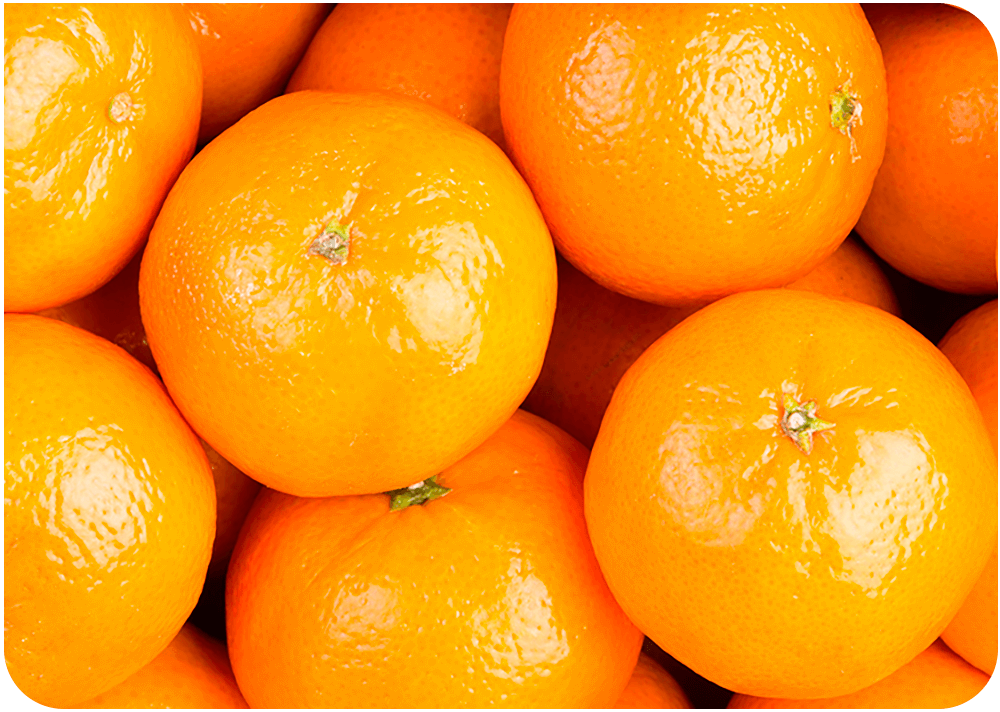
Due to its gloss and durability, carnauba wax is used in polishes for shoes, wood floors and furniture. These polishes are very easy to apply and dry quickly.
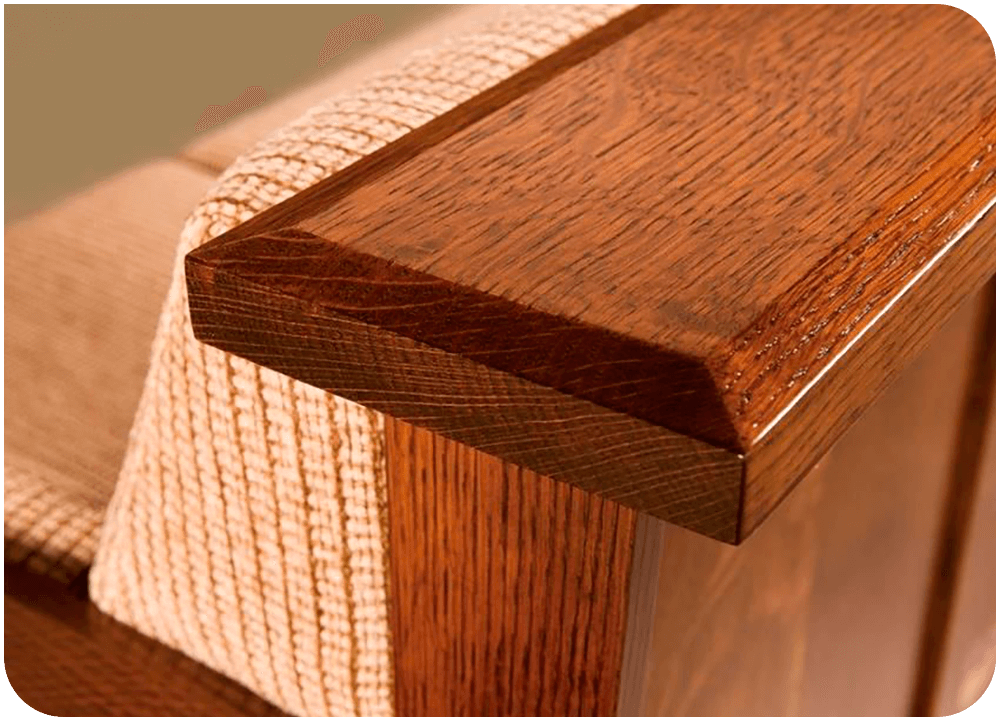
Carnauba wax is a part of cosmetics, in particular lipsticks and creams.
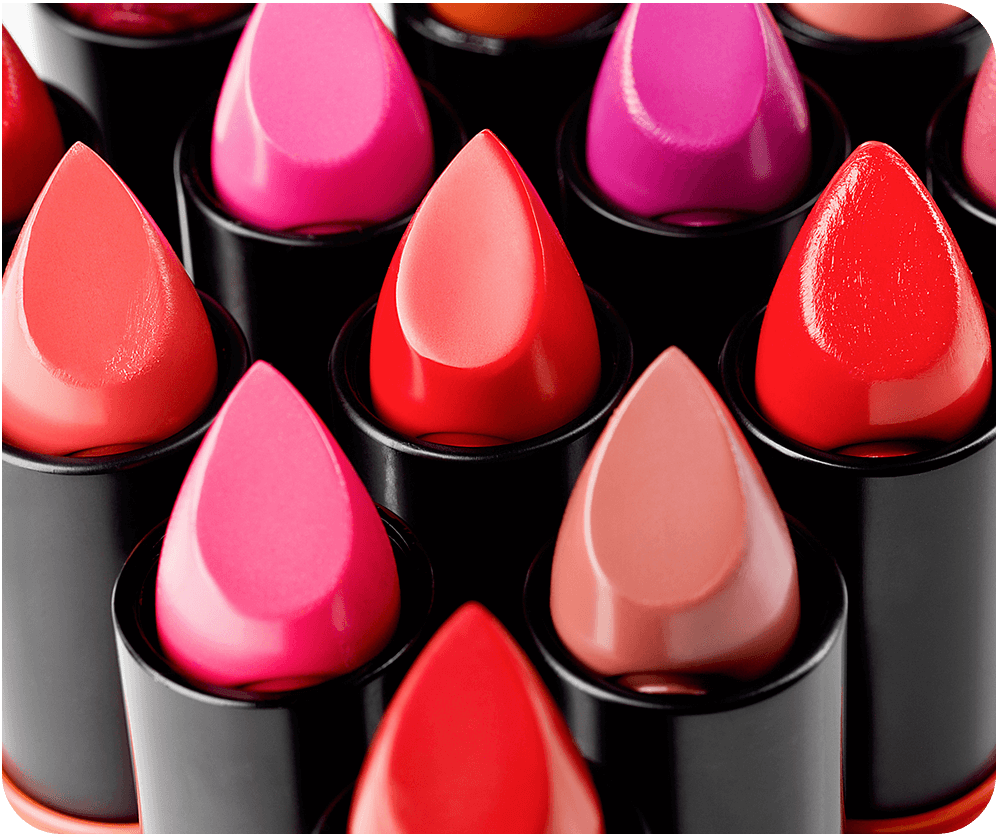
Thus, carnauba wax is a premium natural product with unique protective and decorative properties.
The use of carnauba wax gives the oil-based formulation improved performance and extended service life.


